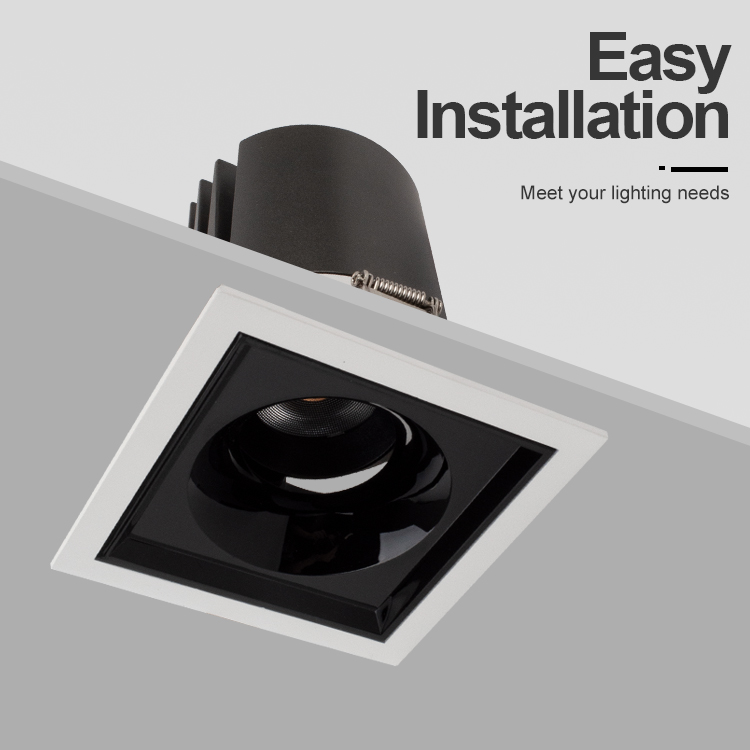In the past, the level of automation in China's sanitary ceramics industry was relatively low. Most domestic manufacturers had limited automated production lines, with many processes still relying heavily on manual labor. In semi-automated systems, there were numerous steps that required human intervention, and in many cases, the majority of tasks were performed manually. This traditional approach, while cost-effective in the past, is now becoming increasingly unsustainable.
Looking ahead, automation is widely recognized as the future direction for the industry. However, despite growing challenges such as labor shortages, rising wages, and shifting worker expectations, the transition to full automation in China’s sanitary ceramics sector remains slow. The 2012 China International Ceramics Technology Equipment and Building Ceramics Sanitary Ware Products Exhibition highlighted this gap—while robotic arms were showcased as a revolutionary advancement in glazing, only a few companies truly demonstrated significant progress in automated production. Among them, Hebei-based electromechanical firm stood out with its robot glazing workstations, drawing considerable attention. Yet, compared to the dominant presence of ceramic machinery booths, the sanitary ware section appeared overshadowed.
Even global leaders like Italy’s Sacmi Group, known for their innovations in sanitary machinery, did not showcase any new products at the event, suggesting a temporary slowdown in the promotion of automated solutions in China. This lack of emphasis on bathroom machinery at the exhibition reflects a broader issue: the demand for automated equipment within the domestic industry remains weak. While the market has potential, it hasn’t yet been strong enough to drive widespread adoption.
The urgency for automation in the sanitary industry stems from several key areas. From material mixing and selection to molding, glazing, and post-production processes, each stage presents opportunities for mechanization. High-pressure grouting, robotic glazing, and automated transport systems are already being used in fully automated lines, reducing the need for human labor. However, many companies still rely on semi-automated or fully manual methods, which are inefficient and costly in the long run.
Historically, the sanitary industry has been labor-intensive, with Chinese companies benefiting from cheap, readily available labor. But this advantage is fading. Rising wages, increased operating costs, and changing attitudes among younger workers have made manual labor less attractive. Younger generations, particularly those born after the 1990s, are unwilling to take on repetitive, dirty, or physically demanding jobs. As a result, recruitment difficulties are becoming more common, especially around the Spring Festival when migrant workers traditionally return to their hometowns.
According to recent reports, wages in major sanitary ware producing provinces have risen sharply over the past two years. Experts predict this trend will continue, making labor even more expensive in the coming years. At the same time, the market has become highly competitive, with companies constantly cutting prices to stay relevant. Profit margins are shrinking, and many businesses are struggling to remain profitable.
A manager from a mid-sized sanitary company shared his concerns: “Glazing and grouting are dirty, tiring jobs. Young people don’t want to do them anymore.†He also mentioned that the national minimum wage has risen, further increasing labor costs. With both labor shortages and declining profits, the industry is under pressure to find a way forward. The path to automation may be challenging, but it seems inevitable if the sector is to survive and thrive in the future.
Square Downlight
LED Square Downlight Manufacturer and Indoor LED Lighting Factory in China
Square led downlights offer a geometric alternative to traditional round fixtures, ideal for modern spaces where clean lines and design continuity are essential. Whether installed flush into the ceiling or surface-mounted for visibility, square LED downlights blend style with energy-efficient performance.
As a trusted LED lighting manufacturer, we produce a full range of square LED downlights in recessed, surface, adjustable, and anti-glare options. With long lifespan, high lumen output, and professional-grade customization, our fixtures serve lighting designers, architects, wholesalers, and project contractors across a wide range of sectors.
What Is a Square Downlight?
A square downlight is a ceiling-mounted light fixture with a square faceplate or housing, designed to direct light downward. It functions the same as a Round Downlight but with an angular form that better complements grid-based ceiling layouts, square furniture, or architectural patterns.
They are typically available as:
-
Recessed square LED downlights
-
Surface-mounted square lights
-
Trimless architectural models
-
Adjustable square gimbal downlights
Available in a range of beam angles and color temperatures, square downlights are widely used in offices, residential interiors, galleries, and hospitality venues.
Benefits of Square LED Downlights
✅ 1. Modern Angular Design
The square shape aligns perfectly with structured ceiling grids or linear interior designs, adding visual order and sophistication.
✅ 2. Recessed & Surface Options
Choose recessed square downlights for a flush appearance or surface-mounted versions for ease of installation on solid ceilings.
✅ 3. COB or SMD LED Light Engines
Our downlights use high-efficiency LEDs that offer up to 120 lm/W, long lifespans, and minimal color shift over time.
✅ 4. Beam Control and Glare Reduction
Options include anti-glare reflectors, deep-set light sources, and low UGR lenses for eye comfort and control.
✅ 5. Dimmable & Smart Compatibility
Available with Triac, 0–10V, DALI, and Zigbee smart control—ideal for both residential ambiance and commercial control systems.
Applications of Square Downlights
-
Office Ceilings
For clean, professional lighting in meeting rooms, hallways, and shared workspaces.
-
Modern Homes
Use in kitchens, living rooms, or entryways where square geometry matches furniture and fittings.
-
Retail Shops & Showrooms
Accent merchandise or provide ambient lighting with directional or wide-beam square fixtures.
-
Hotels & Restaurants
Square trim adds luxury aesthetics to guest rooms, lobbies, and fine dining areas.
-
Galleries & Museums
Frame art and displays using adjustable square gimbal models.
-
Healthcare & Education
Provide uniform, low-glare light that meets safety and efficiency standards.
Square Down Light, Square Led Downlight, Sqaure Recessed Downlight, Smart Square Downlight, Commercial Square Downlight
Jiangmen Synno Lighting Co., Ltd. , https://www.synnoled.com
